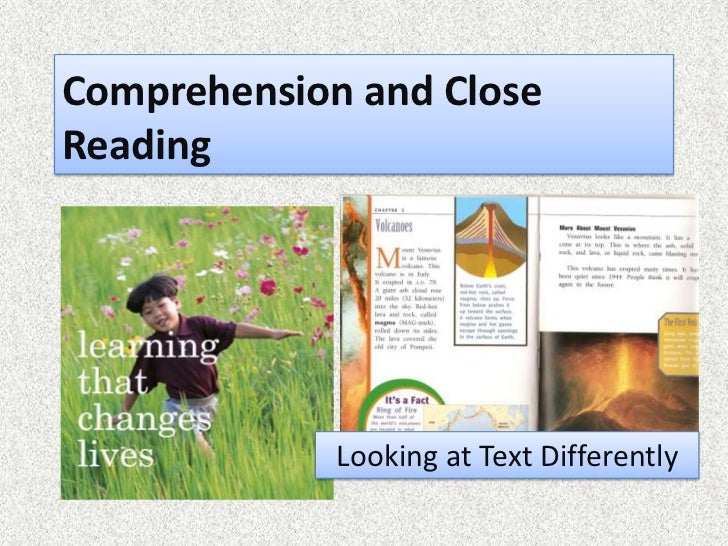Alright, so Common Core has been a hot debate for all of us the last few years. I left a state (Tennessee) that had only just started to really implement the Common Core. They didn't know what they were doing, everything was out of whack, teachers hated it and parents and for those that didn't hate it? You wouldn't dare admit that or risk being ostracized by your fellow teachers. Now I live in California, a state that participated with the initial creation of Common Core through its involvement with SBAC. I would like to say that California has it together, but I cant. Not really anyway unless you compare them to Tennessee. But everyone is working hard to change this.
I liked the idea of Common Core but how it's being implemented simply blows my mind as a teacher and not in the awesome way I'd like to say it does. As a teacher I can no longer teach what needs to be learned but what Common Core states they MUST learn in order to pass a test. What you need to learn and what you must learn are not always the same things. Now, I will admit that as an ELL teacher I have a little more freedom. The standards are a little loose when it comes to ELL students since I don't think they want to risk pigeonholing the students in this particular area. Because let's face it...depending on their culture, their educational needs, their family background, etc. their needs are completely different from every other student, right? That was sarcasm in case you weren't sure. And that's my main issue with Common Core. Not everyone learns in the same way, not everyone can learn what you want them to learn in the space of a day, two days, a week, a month? I know we are pressed for time (thanks to all that testing) but this just isn't working for many students. My own daughter is in the GATE program for math and reading...but she is struggling in math due to the convoluted way Common Core tries to teach it's math concepts. She struggled for a week on a new concept in fractions...my husband was able to explain it to her in 10 minutes, using the way he learned to do it way back in the 80's and guess what? It worked, she was solving problems again left and right like it was no-bodies business but that's just it, it should be! Teachers should be able to have the freedom to say "Look...this part isn't working for us. I'm gonna try this instead."
So, what do I like about Common Core?
I like how, for those students that it does work for...namely my ELL students...the structure gives my students something they can expect. Once they got used to how the system worked they knew what to expect and having this knowledge helped to ease them into the learning process. They knew that when they came into class we would have the same schedule everyday regardless, it looks something like this:
Monday - Thursday (on Fridays we focus on a Vocabulary exam and then some fun word games:
Morning greetings (I like to talk to my students about their day, it shows them that I care and encourages them to use their English)
Vocabulary review
Vocabulary sentence creation
Individual Close Reading - with particular attention paid to the vocabulary words for the week
Group Close Reading - were we could share our ideas
Discussion
 The part I would like to point out is the Close reading. I have found that Close readings works really well with my ELL students, especially when they are introduced to new words that they haven't encountered before or when using Close reading with academic materials such as Science, Math, and Social Studies.
The part I would like to point out is the Close reading. I have found that Close readings works really well with my ELL students, especially when they are introduced to new words that they haven't encountered before or when using Close reading with academic materials such as Science, Math, and Social Studies.So what is Close reading? It's just what is sounds like. An in depth reading of the same text that is repeated over and over till no more, or almost no more, meaning can be pulled from it. Close reading allows students the chance to study individual sections of a text in order to find it's deep meaning. What does the author want you take from this? How is this word used?
I can't say enough how much Close reading has helped my ELL students, this isn't a new strategy by far but the Common Core has really pushed for its use in classrooms today and they are working on some really exciting ways to encourage students to want to read more and, most importantly, be able to gain and retain new information.
If you want to know more about ELL students and the Common Core, TESOL International has an excellent overview of the Common Core State Initiatives for ELL. They also have a treatise on the Changing Role of the ELL Teacher. In fact, an entire area of their website is now dedicated to this very issue: TESOL Connections - Common Core.
Other Resources -
Colorin Colorado - Common Core resources.
The vast array of links to the right of this article!



